My daughter, Ally, started suffering from eczema at birth. She tried the controversial bleach baths years ago due to an acute out-of-control eczema caused by the air pollution of the school’s renovation project. The following are helpful advice given by a reputed dermatologist. Even for mild eczema, parents and patients should pay attention to daily care, preventing eczema from deteriorating and getting out of hand.
Background:
Ally was born with eczema; her skin would become red and itchy whenever she sweated. When she was little, the GP comforted us, hoping her immunity would strengthen as she grew up. When she was little, I focused on cleansing and moisturizing. Sometimes, I would give her showers several times a day. I would immediately apply ointment once the rash appeared to keep the eczema under control. The eczema would come and go, but it was generally under control.
Unfortunately, her eczema was entirely out of control within days due to the air pollution caused by the school renovation project in year 5. She had rashes all over her body, and it was itchy unstoppably, making her unable to sleep properly at night. The GP referred a reputed dermatologist, but it took us two weeks to have the earliest appointment. My daughter had to be absent from school during the 2-week wait. Fortunately, the eczema was quickly under control after consultation with the specialist. We only needed to return to the dermatologist for one more follow-up visit.
The reputable dermatologist recommended the following treatments, which helped my daughter treat her eczema over the past few years.
The treatments for eczema
1
Most Australian doctors prescribe Advantan ointment to treat eczema. It is crucial to apply the lotion once the eczema occurs to keep it under control. Although the cream contains steroids, the amount is small, and its impact is less harmful than the consequences of out-of-hand eczema.
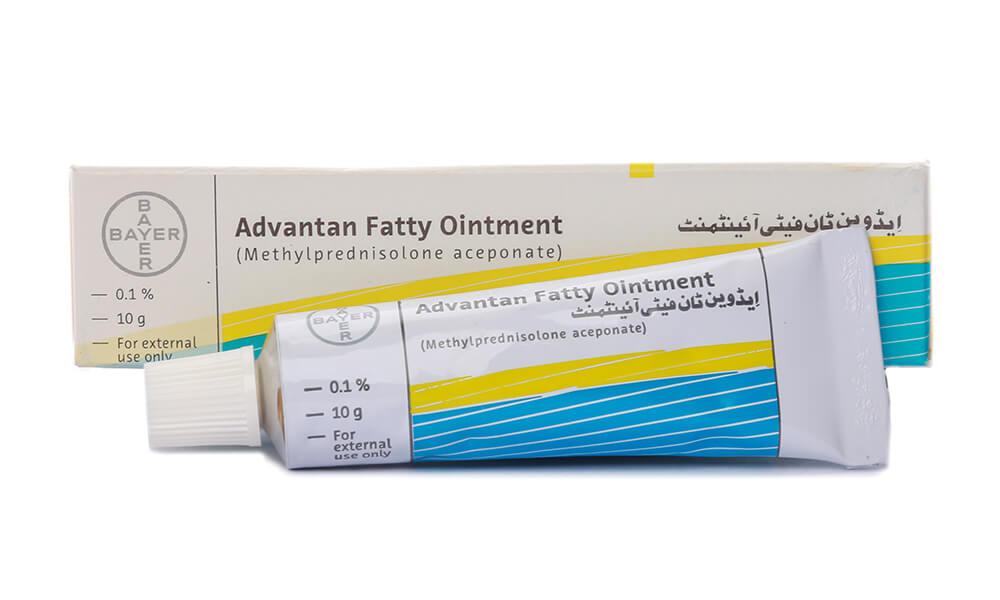
2
It is essential to apply the ointment in large quantities. After cleaning the skin, use it in a thick layer (as shown in the picture), about 1-2mm thick, then allow ten to twenty minutes for the skin to absorb. You can see the lotion become thinner and even disappear. Applying one thin layer of ointment is useless and ineffective in treating the affected area. It is also essential to prevent the cream from being wiped away by the clothes during the “absorbing time.” Australian doctors can issue a prescription for buying ointments in large quantities. You can buy 5/6 packs at a time with a cheaper average price for each.
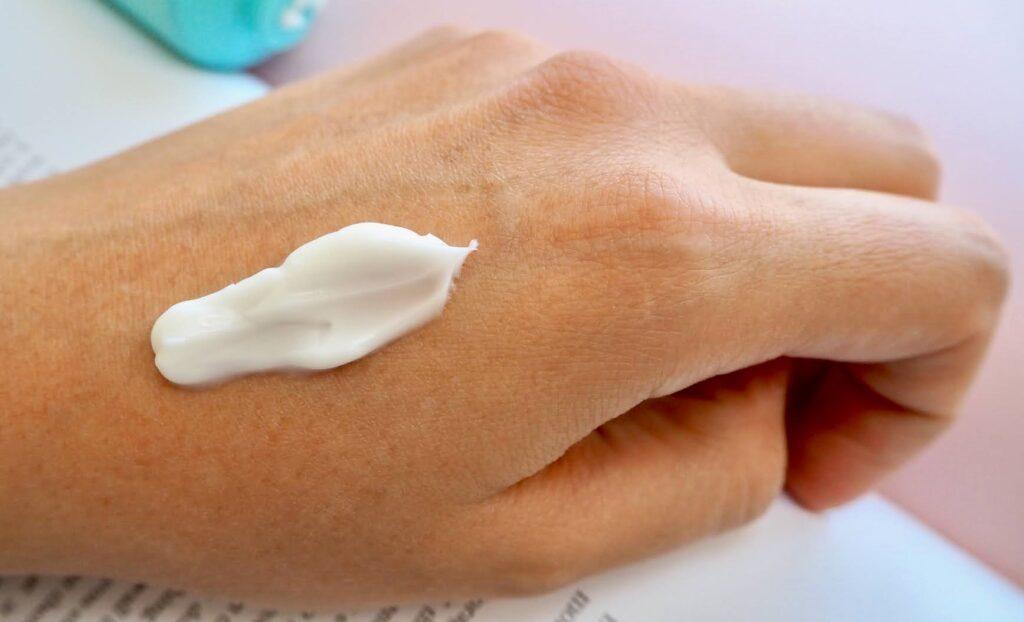
3
When eczema is exceptionally severe or with a large affected area, dermatologists recommend soaking the affected area with bleach to help sterilize it. My daughter has also bathed in bleach several times, which can quickly relieve itchy skin. However, you must refer to the methods recommended by the doctor, such as the proportion of bleach and water, water temperature and bathing time, etc. Only those patients with severe symptoms should have bleach baths as the side effect is drying the skin. In addition to bleach, you can also use salt, baking powder, vinegar, oatmeal, and bath oil to soothe the itching of eczema.
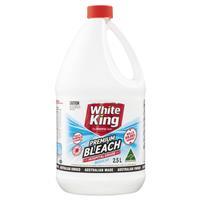
4
Daily protection is to apply a specific skin care cream (e.g., Cetaphil) all over the body while the skin is still wet after showering.
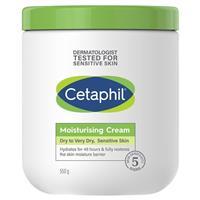
5
As for the soap, shampoo, and conditioner, we use the Australian brand QV. We have been using these products for years, and the eczema is generally under control.
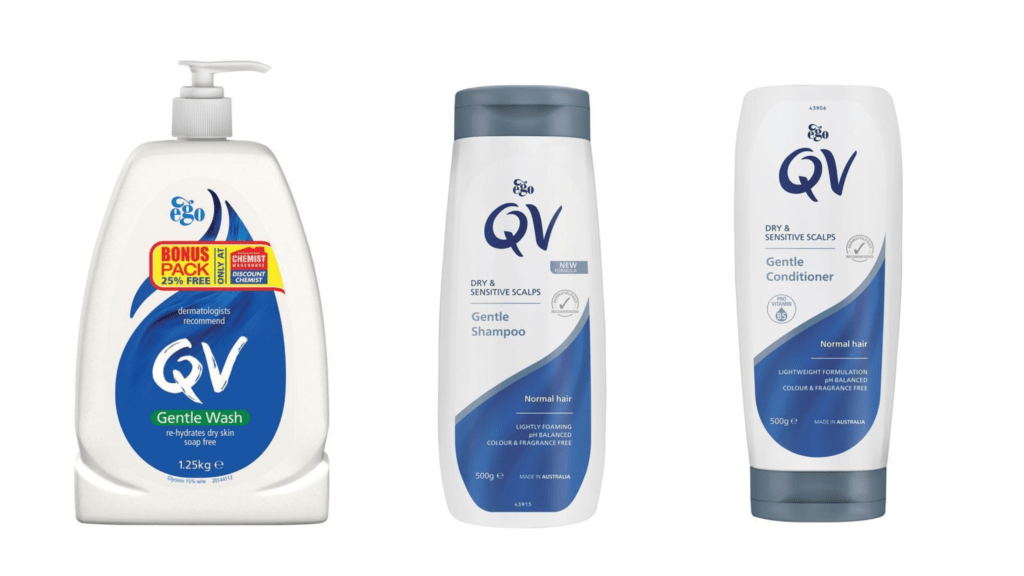
6
Last but not least, pay attention to the reaction of your diet. My daughter feels slightly allergic to milk, beef, and seafood, but quitting it altogether is not the best choice. If possible, have a small amount of the food that causes allergy so your body can adapt.

I hope the above sharing can help.
At present, my daughter is taking Shiruto and finds that it helps. I will share her experience in taking Shiruto in the next post.
Shiruto
has gained many awards for its excellent function in balancing the immune system. It can widely help improve different problems caused by an unbalanced immune system.
